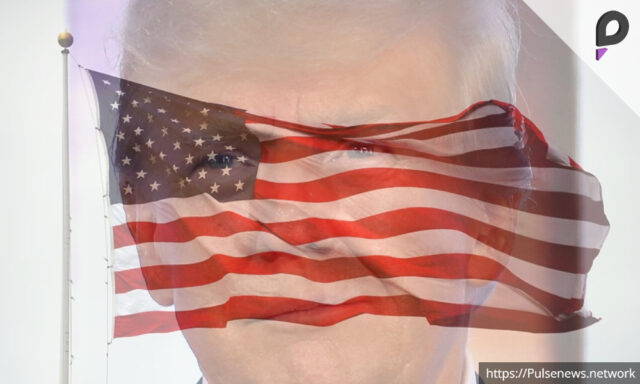WASHINGTON: The U.S. Department of State has banned Pride and Black Lives Matter flags from being displayed at embassies after Single Flag Policy.
Secretary of State Marco Rubio issued the directive introducing the new flag policy for both domestic and overseas facilities.
Exclusive Use of the U.S. Flag
Under the single flag policy, only the American flag will be flown at government buildings, including diplomatic missions.
Two exceptions exist: the POW-MIA flag representing war prisoners and missing soldiers, and the Missing Persons banner.
Changes from Previous Administration
During the Biden administration, embassies raised the Pride flag during Pride Month in 2021 to show inclusivity and support.
Similarly, in 2022, the Black Lives Matter flag was displayed during Black History Month to honor the movement.
New Directive’s Intent
The Trump administration’s policy emphasizes uniformity in official symbols, promoting the U.S. flag as a sole unifying representation.
Officials argue the directive maintains consistent symbolism and focuses on national identity in diplomatic and public facilities.
Diverse Responses to the Policy
Critics contend that banning symbolic flags undermines efforts to highlight issues like equality and social justice globally.
Proponents defend the move, viewing it as reinforcing U.S. sovereignty and depoliticizing government spaces.
Comparison with Past Practices
In contrast to Trump’s single flag policy, the Biden era embraced flexibility, allowing embassies to highlight global social issues.
Such displays under the previous administration were perceived as gestures of solidarity with marginalized communities worldwide.
Debate over Representation
Supporters of symbolic flags argue they send messages of hope and inclusiveness to communities fighting for rights and recognition.
However, critics claim such displays can politicize government institutions, deviating from their intended purpose.
Policy Implications
The single flag policy underscores the Trump administration’s emphasis on traditional representations of national identity and diplomacy.
Analysts believe this directive will shape the international perception of U.S. values during official interactions.
The move aligns with Trump’s broader approach of prioritizing domestic symbolism and reducing controversial international gestures.
Looking Ahead
This policy will likely remain a point of contention between political ideologies regarding representation and inclusivity.
While supporters see it as simplifying protocols, detractors view it as a step backward in recognizing social and cultural movements.
The new directive sets a precedent for diplomatic practices, ensuring alignment with the administration’s policy agenda globally.











